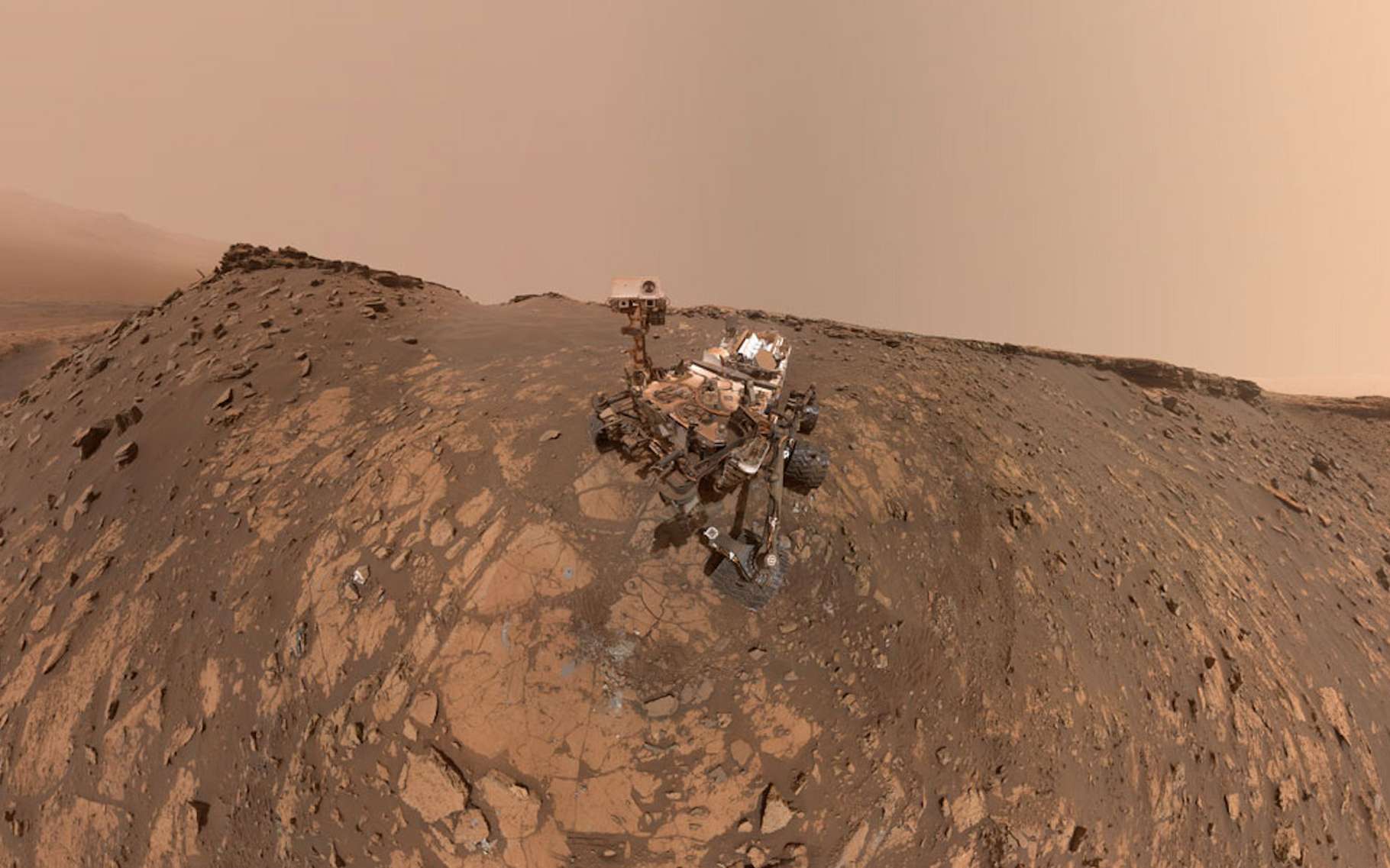To better evolve its rovers on the surface of Mars, NASA makes use of Internet users. Their mission: to train artificial intelligence. This makes it possible to map the Red Planet and better identify the type of surfaces on which Curiosity could roll.
A little walk on Mars , this is what NASA offers everyone . There is no question of leaving the Curiosity orders to anyone. The idea of the American space agency is to help the rover move smoothly on the surface of the planet. As each maneuver must be anticipated, to achieve this every detail of the landscape must be analyzed. And to save time, NASA scientists use an artificial intelligence called SPOC, for Soil Property and Object Classification . It classifies the environment that surrounds Curiosity.
The vehicle can thus identify the different types of surfaces and the nature of any obstacles. To train this AI, NASA has published the AI4Maes page intended for the public and available on the Zooniverse portal site . Identification work can be found in the “Classify” section.

8,000 photos to peel
In all, 8,000 photos taken in black and white and in color by the rover are available. Whether it is sand , pebbles or rocks, the user can identify the different materials and draw polygons on each element and possibly annotate them. All of these cumulative data is then swallowed by the algorithm.
This training will allow the AI to improve its ability to automatically detect the different surfaces of the Red Planet. Likewise, it can also be used to assess how the vehicle’s wheels adhere to different materials in order to better control it. Curiosity will not be the only vehicle to benefit from this assistance. The Perseverance rover , which is to be launched on July 20 to explore the planet, will also exploit it.